Pediatric Cancer (Neuroblastoma) Specific Oncolytic Virotherapy Development Service
Accelerate Your Pediatric Cancer Therapeutics Development!
If you are currently troubled by difficulties in designing effective and specialized treatments for pediatric cancers, especially neuroblastoma, or need effective methods to relieve the limitations and cytotoxicity of conventional treatments. Creative Biolabs' Oncolytic Virotherapy Development for Pediatric Cancers (Neuroblastoma) service enables you to expedite the creation of innovative therapeutic approaches via our cutting-edge OncoVirapy™ platform . We offer customized solutions spanning from oncolytic virus (OV) construction to validation.
How Creative Biolabs Oncolytic Virotherapy Can Assist Your Project
Creative Biolabs can provide related services for customers to study oncolytic virus treatment of neuroblastoma, including virus design and production, in vitro and in vivo efficiency evaluation, experimental design, and result analysis. Personalized protocols and comprehensive data are available to support your research.
What We Can Offer
Creative Biolabs offers a comprehensive suite of oncolytic virotherapy development services, including:
- Custom Oncolytic Virus Design and Construction: We leverage our advanced OncoVirapy™ platform to design and construct OVs tailored to your specific target and therapeutic needs. This includes a wide range of viral backbones and genetic modification strategies to optimize efficacy and safety.
- In Vitro OV Characterization: We provide comprehensive in vitro characterization of your OV constructs, including potency assays, replication kinetics studies, and analysis of transgene expression.
- In Vivo Preclinical Studies: Our in vivo services encompass a range of preclinical studies in animal models of neuroblastoma, including efficacy studies, toxicity assessments, and biodistribution analysis.
-
Regulatory Support: We offer expert guidance and support to help you navigate the regulatory landscape and prepare for clinical trials.
- One-stop oncolytic virus development service, from initial design to final validation.
- Efficient upstream and downstream process development for OV production.
- A wide range of animal models for preclinical efficacy and safety evaluation.
- Development of OVs with specific tropism for neuroblastoma cells.
- Customizable transgene expression to enhance oncolytic potency and therapeutic effects.
- Rigorous quality control and assurance procedures throughout the development process.
- Support for GMP-compliant OV production for clinical trials.
- Expertise in navigating the regulatory requirements for oncolytic virus therapies.
Why Choose Us
- Expertise: Creative Biolabs has extensive experience in virology, oncology, and gene therapy, with a dedicated team specializing in oncolytic virus development.
- OncoVirapy™ Platform: Our proprietary OncoVirapy™ platform provides a comprehensive suite of tools and technologies for efficient and precise OV construction and validation.
- Customized Solutions: We offer tailored solutions to meet the unique needs of each project, ensuring optimal results.
- Comprehensive Services: Creative Biolabs provides end-to-end support, from initial consultation and OV design to in vitro and in vivo testing, data analysis, and reporting.
- Quality and Reliability: We adhere to the highest scientific standards and quality control procedures to ensure the reliability and reproducibility of our results.
- Published Data: Our work is supported by published data, demonstrating the efficacy and safety of our oncolytic virotherapy approaches.
Workflow
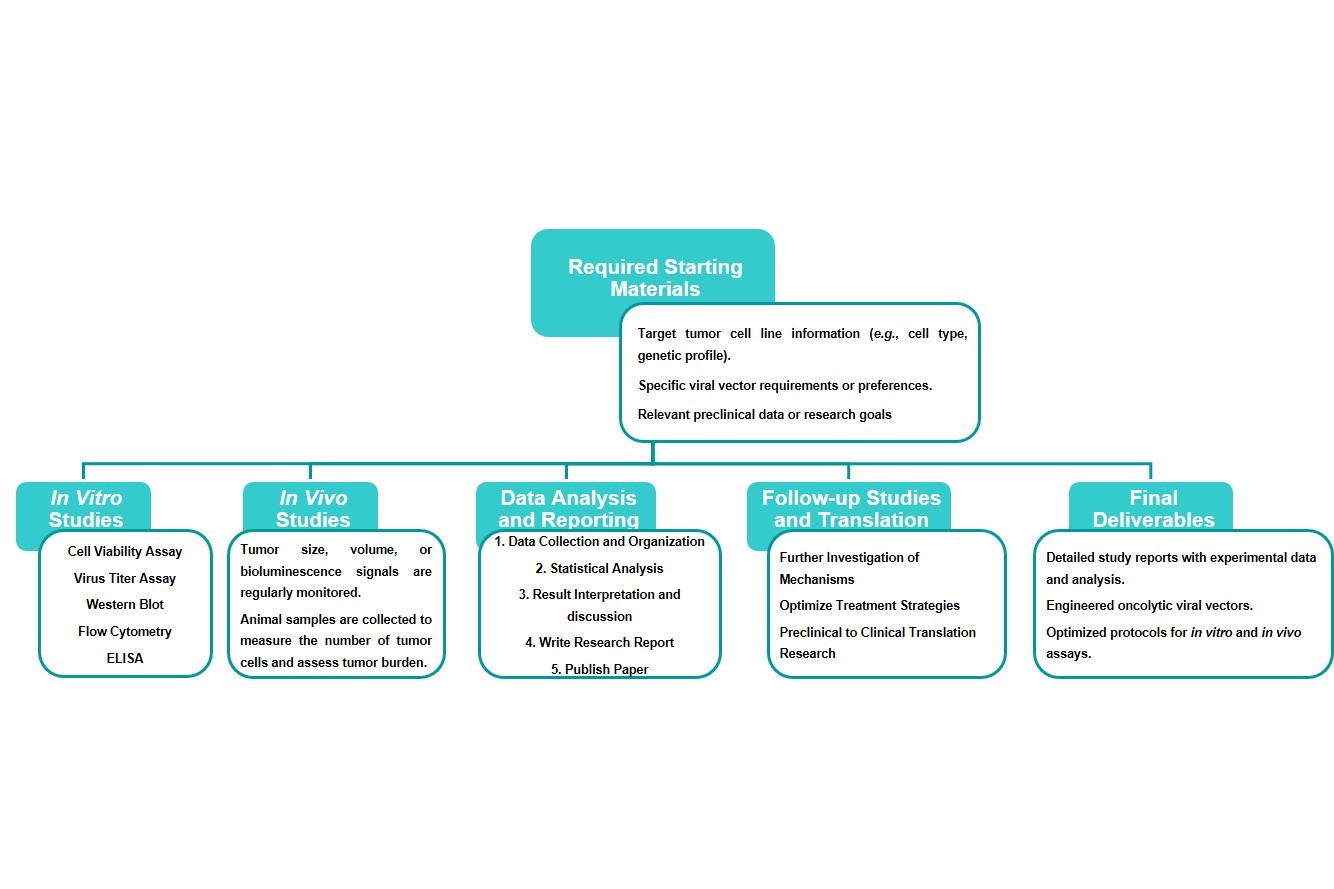
Estimated Timeframe:
- Pre-requirement communication: 1-2 weeks
- Design and construction of oncolytic viruses: 3-4 weeks
- Mass production of oncolytic viruses: 2-3 weeks
- Function and properties of oncolytic viruses in vivo and in vitro: 3-4 weeks
- Results analysis and test report: 1-2 weeks
- Product delivery and shipping: 2-3 weeks
Case Study
The employment of genetically modified oncolytic viruses in commonly utilized in vivo rodent models and in vitro neuroblastoma cell line models of pediatric cancers has led to a remarkable boost in tumor cell destruction efficiency. Findings retrieved from numerous published research reports offer significant insights into its promising potential for the treatment of pediatric cancers, especially neuroblastoma.
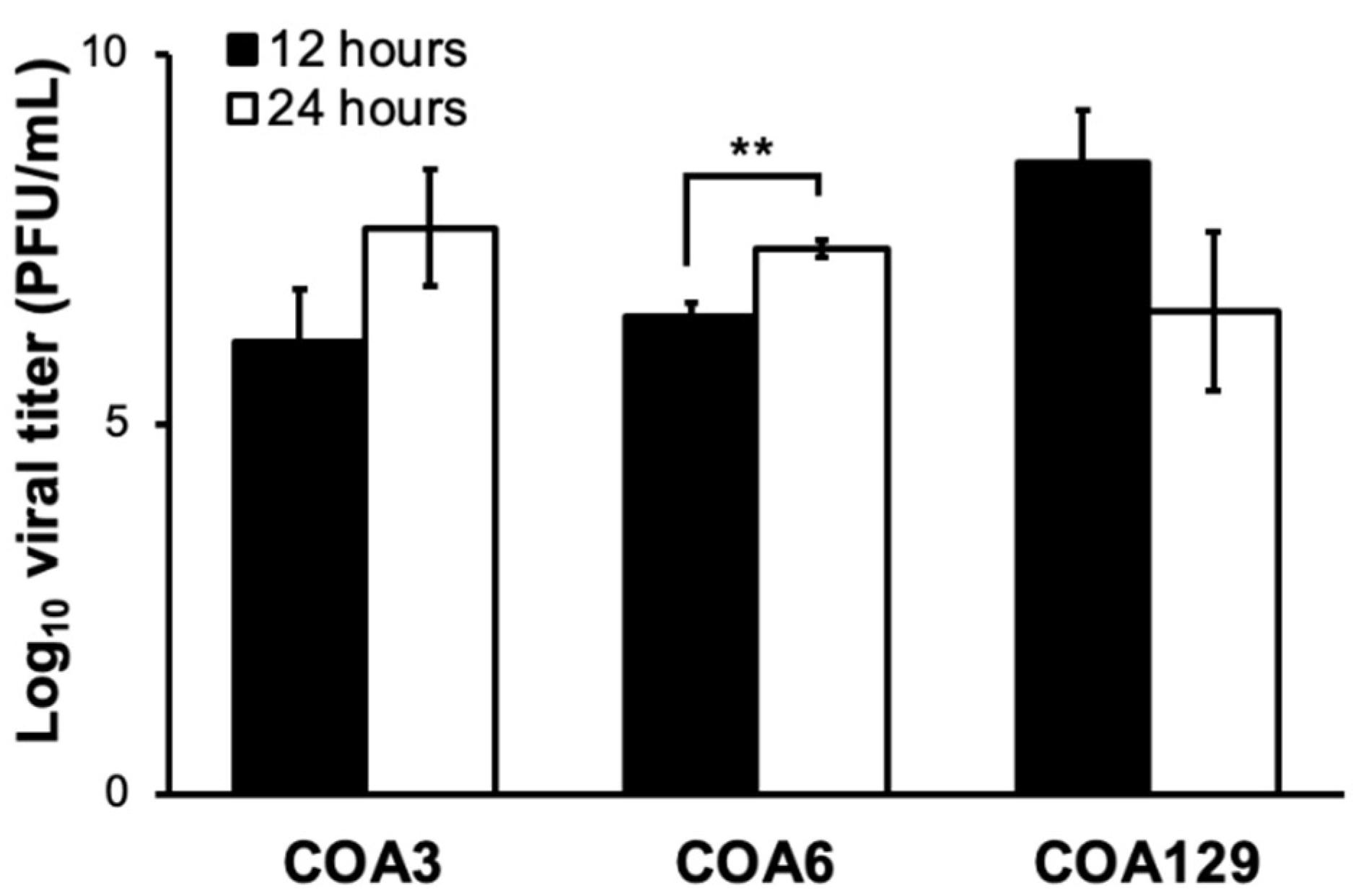 Fig.1 To evaluate the replication capacity of oncolytic viruses in neuroblastoma.1,3
Fig.1 To evaluate the replication capacity of oncolytic viruses in neuroblastoma.1,3
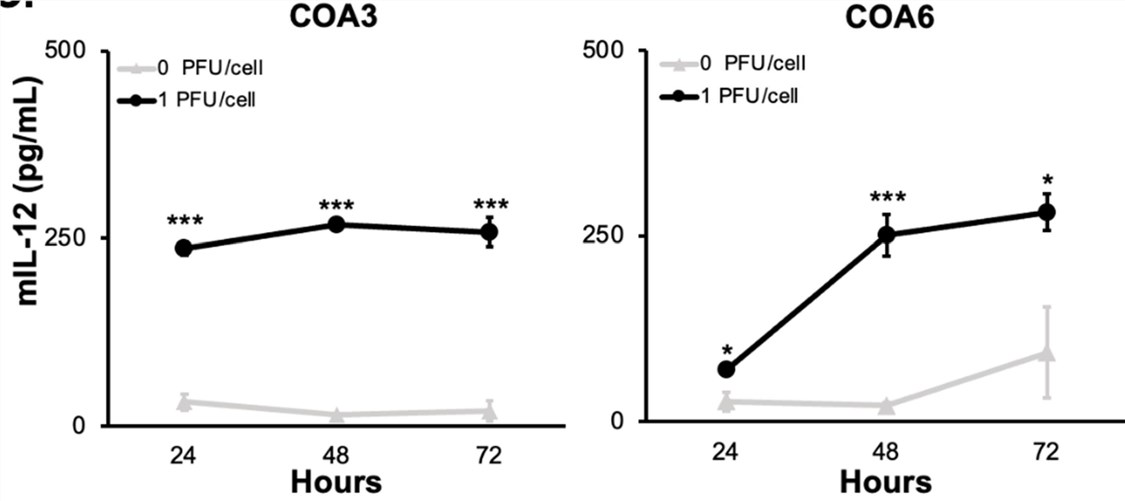 Fig.2 Elisa is used to detect the secretion of related cytokines.1,3
Fig.2 Elisa is used to detect the secretion of related cytokines.1,3
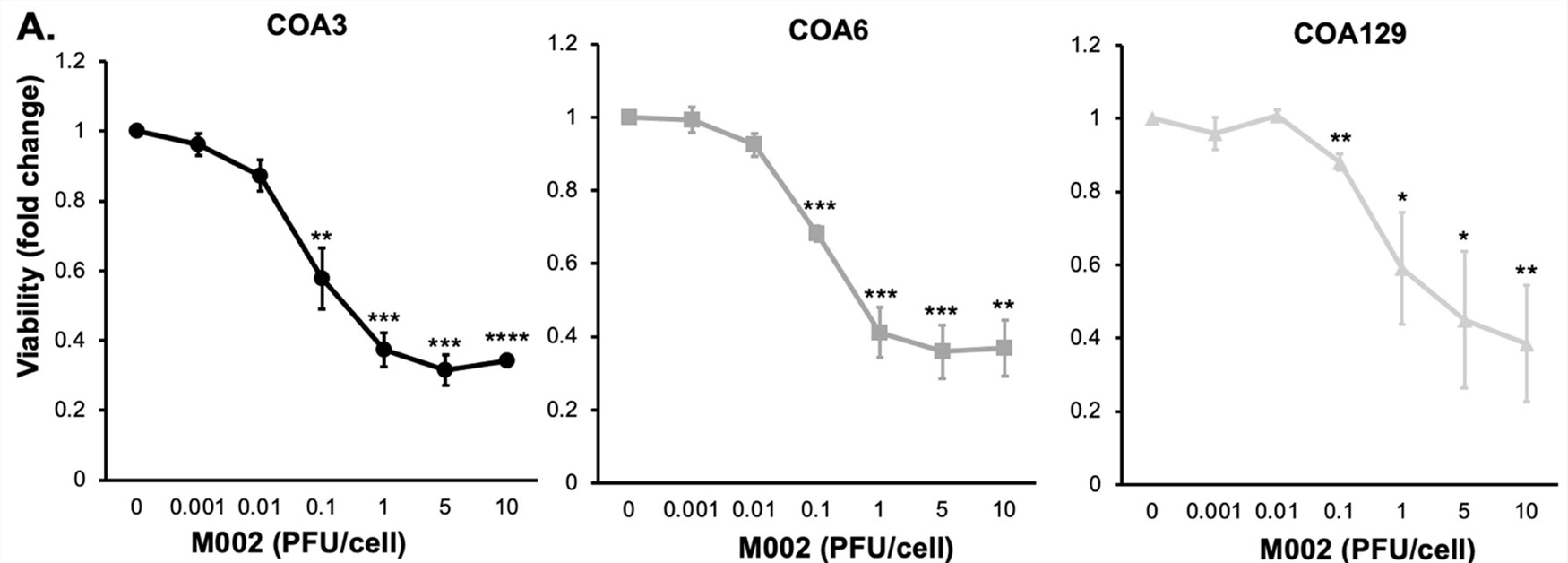 Fig3. The inhibitory effect of the oncolytic virus on the activity of neuroblastoma cells was detected.1,3
Fig3. The inhibitory effect of the oncolytic virus on the activity of neuroblastoma cells was detected.1,3
 Fig.4 Western Blot is used to detect the expression of related proteins.1,3
Fig.4 Western Blot is used to detect the expression of related proteins.1,3
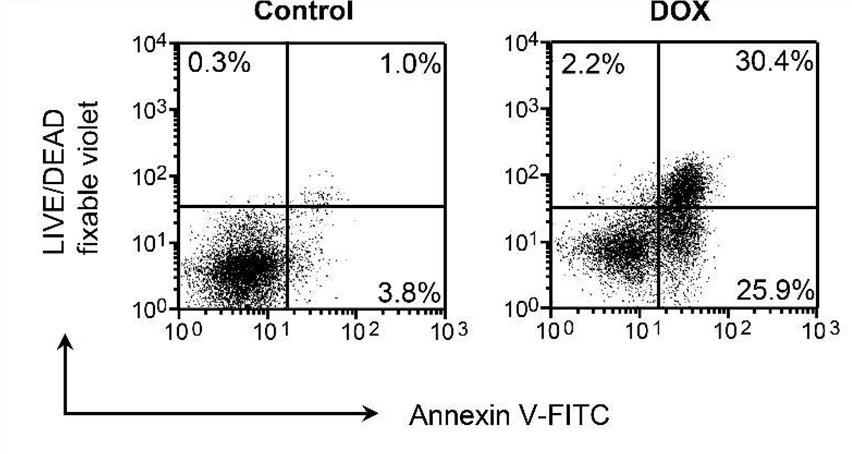 Fig.5 The effect of oncolytic virus on apoptosis of neuroblastoma cells was detected by flow cytometry.2,3
Fig.5 The effect of oncolytic virus on apoptosis of neuroblastoma cells was detected by flow cytometry.2,3
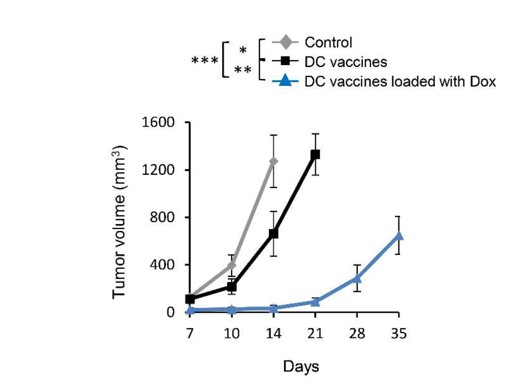 Fig.6 Oncolytic viruses slow neuroblastoma growth.2,3
Fig.6 Oncolytic viruses slow neuroblastoma growth.2,3
Customer Reviews:
-
"Using Creative Biolabs' Oncolytic Virotherapy Development service in our research has significantly improved the efficacy of our preclinical models and accelerated our timeline for IND submission."
[3 Months], J**n
-
"Creative Biolabs provided a robust data package that was crucial for securing funding and advancing our oncolytic virus candidate into clinical trials. Their expertise was invaluable."
[6 Months], S**h
-
"The personalized service and scientific expertise provided by Creative Biolabs were exceptional. They tailored the OV construction to our specific needs, and the results exceeded our expectations."
[9 Months], M**a
Introduction of Pediatric Cancers (Neuroblastoma)
Pediatric cancer ranks as the second leading cause of childhood death, with neuroblastoma (NB), a neural crest-derived tumor, being the most common extracranial solid tumor in children, causing over one-eighth of pediatric cancer fatalities. High-risk NB patients have a poor prognosis, and current treatments bring severe long-term side effects. Oncolytic virotherapy, by targeting cancer cells, offers hope for safer, more effective NB treatment.
Oncolytic Virotherapy Development for Pediatric Cancers (Neuroblastoma) Service
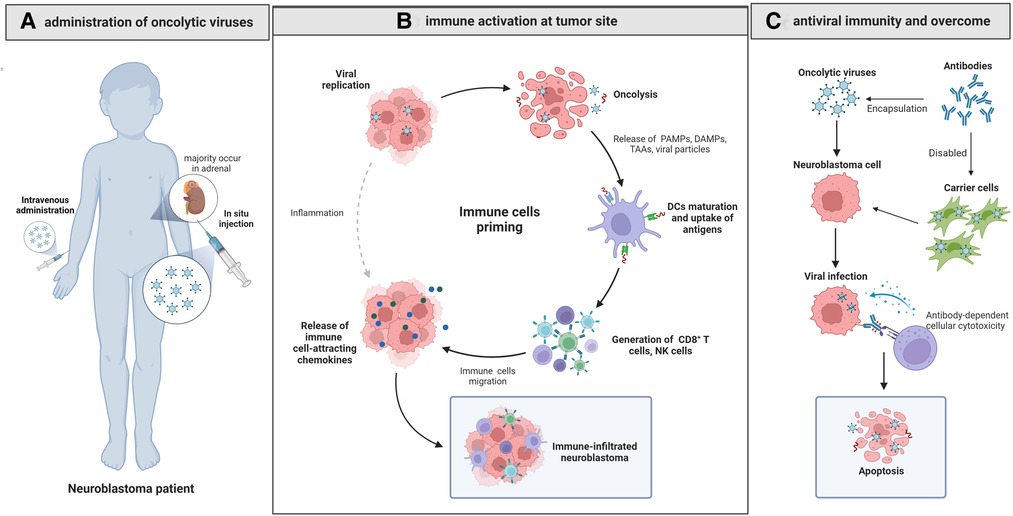 Fig.7 Oncolytic virotherapy used to treat neuroblastoma.4
Fig.7 Oncolytic virotherapy used to treat neuroblastoma.4
- A type 2 herpes simplex virus (HSV) preferentially targets tumor cells featuring an activated Ras signaling cascade. This viral agent eradicates tumor cells via a direct cytopathic effect, along with the induction of syncytium formation and programmed cell death. It not only destroys neuroblastoma (NB) cells but also triggers a crucial anti-NB immune response, as demonstrated in the Neuro-2a model through intratumoral inoculation.
- An HSV-1 mutant, namely HSV-1 (variant-1716), which has a deletion of the gene that codes for the ICP34.5 protein, enables the virus to replicate solely in dividing cells while leaving normal cells unharmed. This mutant remarkably enhanced the survival of xenograft nude mice bearing the human MB cell line D283.
- The oncolytic virus Ad5 Delta-24, featuring a 24-base pair deletion within the RB-interacting domain of the E1A gene, demonstrated the ability to effectively invade and multiply in Daoy and D283 Med cells, ultimately triggering tumor cell demise.
- Zika virus strain PRVABC59 can infect both MYCN-amplified and non-MYCN-amplified neuroblastoma (NB) cells, and its infection ability is closely related to the expression of cell surface glycoprotein CD24, indicating the potential application value of Zika virus in the targeted therapy of NB.
- Based on the Western Reserve (WR) strain of vaccinia virus (VV), the genes encoding ganglioside mimetic (GD2m) and neutrophil-activating protein (NAP) of the secondary salivary gland were inserted into it by genetic engineering technology to construct a lytic virus VV-GD2M-NAP. The results showed that the virus could significantly inhibit the growth of subcutaneous neuroblastoma (NXS2) tumors and effectively prolong the survival time of NXS2-bearing mice.
References
- Quinn, Colin H., et al. "Targeting high-risk neuroblastoma patient-derived xenografts with oncolytic virotherapy." Cancers 14.3 (2022): 762. DOI: 10.3390/cancers14030762
- Komorowski, Marcin, et al. "Modulation of the tumor microenvironment by CXCR4 antagonist-armed viral oncotherapy enhances the antitumor efficacy of dendritic cell vaccines against neuroblastoma in syngeneic mice." Viruses 10.9 (2018): 455. DOI: 10.3390/v10090455
- Distributed under Open Access license CC BY 4.0, Some of the pictures were edited and reformatted.
- Chen, Xiao-Tong, et al. "Progress of oncolytic virotherapy for neuroblastoma." Frontiers in Pediatrics 10 (2022): 1055729. DOI: 10.3389/fped.2022.1055729. Distributed under Open Access license CC BY 4.0, without modification
